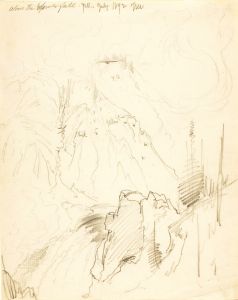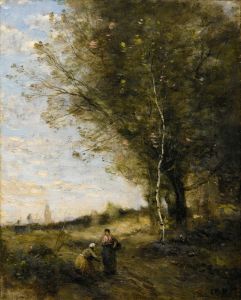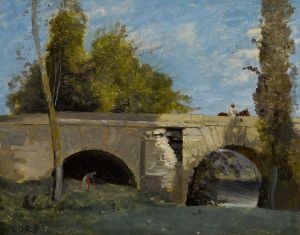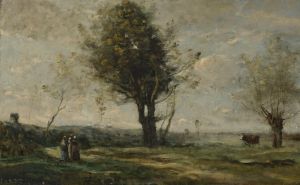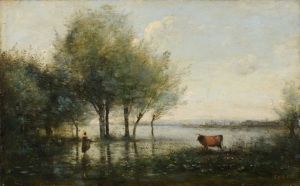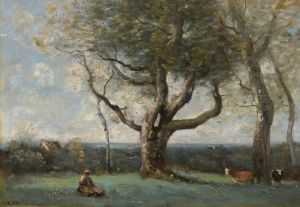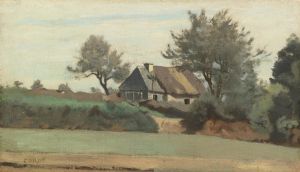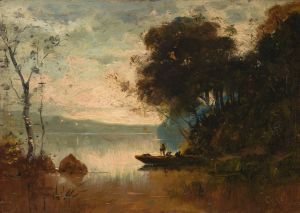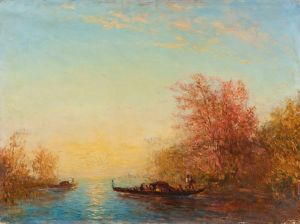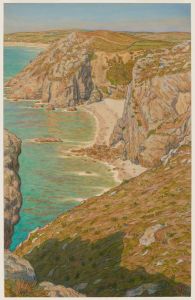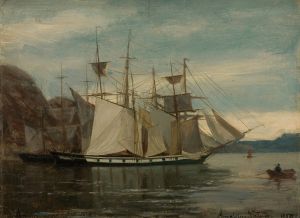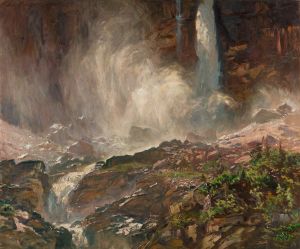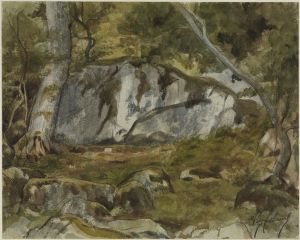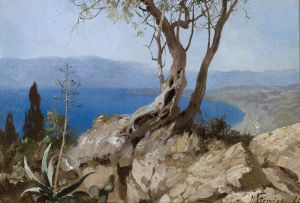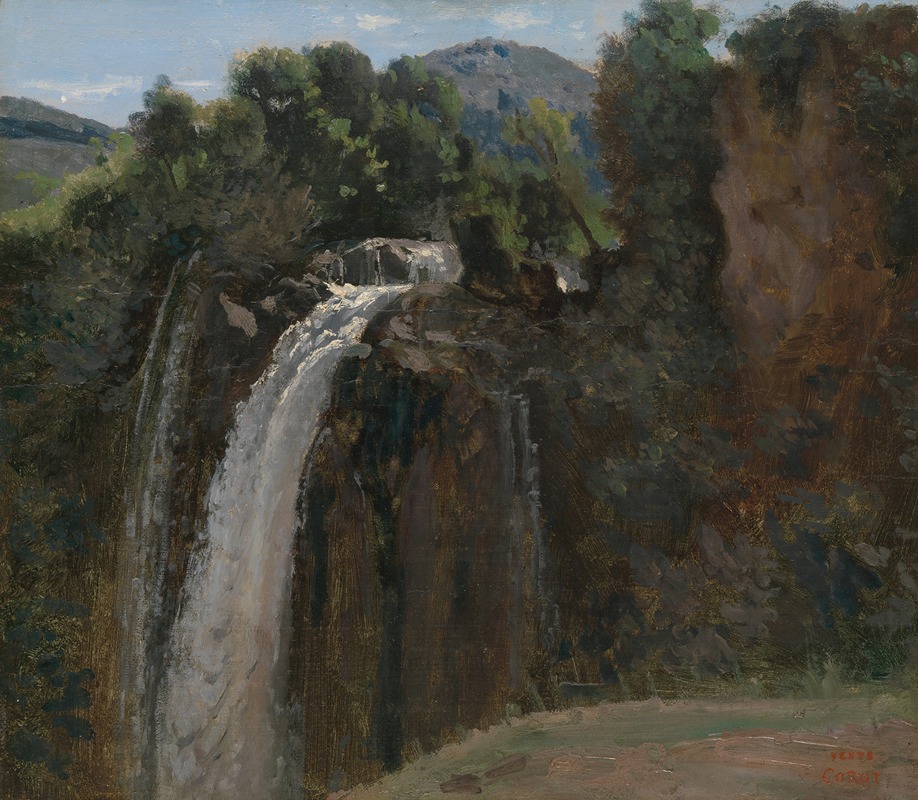
Waterfall at Terni
A hand-painted replica of Jean-Baptiste-Camille Corot’s masterpiece Waterfall at Terni, meticulously crafted by professional artists to capture the true essence of the original. Each piece is created with museum-quality canvas and rare mineral pigments, carefully painted by experienced artists with delicate brushstrokes and rich, layered colors to perfectly recreate the texture of the original artwork. Unlike machine-printed reproductions, this hand-painted version brings the painting to life, infused with the artist’s emotions and skill in every stroke. Whether for personal collection or home decoration, it instantly elevates the artistic atmosphere of any space.
Jean-Baptiste-Camille Corot's Waterfall at Terni is a landscape painting created by the renowned French artist during the 19th century. Corot, a pivotal figure in the transition from Neoclassicism to Impressionism, is celebrated for his poetic depictions of nature and his ability to capture light and atmosphere. This particular work reflects his fascination with the Italian landscape, a recurring theme in his oeuvre.
The painting depicts the Cascata delle Marmore, a famous man-made waterfall near the town of Terni in the Umbria region of Italy. The waterfall, originally constructed by the Romans in 271 BCE to divert the Velino River, became a popular subject for artists and travelers during the 18th and 19th centuries, particularly among those participating in the Grand Tour. Corot visited Italy multiple times, with his first trip occurring between 1825 and 1828. It is believed that Waterfall at Terni was created during or inspired by one of these visits, as Corot often sketched and painted en plein air to capture the immediacy of the natural environment.
In this work, Corot employs his characteristic soft brushwork and muted color palette to convey the serene yet dynamic energy of the waterfall. The composition balances the grandeur of the cascading water with the surrounding lush vegetation, creating a harmonious interplay between movement and stillness. The painting also demonstrates Corot's skill in rendering atmospheric effects, as the mist from the waterfall blends seamlessly with the surrounding landscape, evoking a sense of depth and tranquility.
Corot's Italian landscapes, including Waterfall at Terni, were highly influential in shaping the Barbizon School, a group of French painters who emphasized naturalistic depictions of rural scenes. His work also laid the groundwork for later Impressionist artists, who admired his ability to capture fleeting moments in nature.
Today, Waterfall at Terni is recognized as an example of Corot's mastery in landscape painting and his deep appreciation for the beauty of the Italian countryside. The painting is housed in the Musée du Louvre in Paris, France, where it continues to be admired by art enthusiasts and scholars alike.





